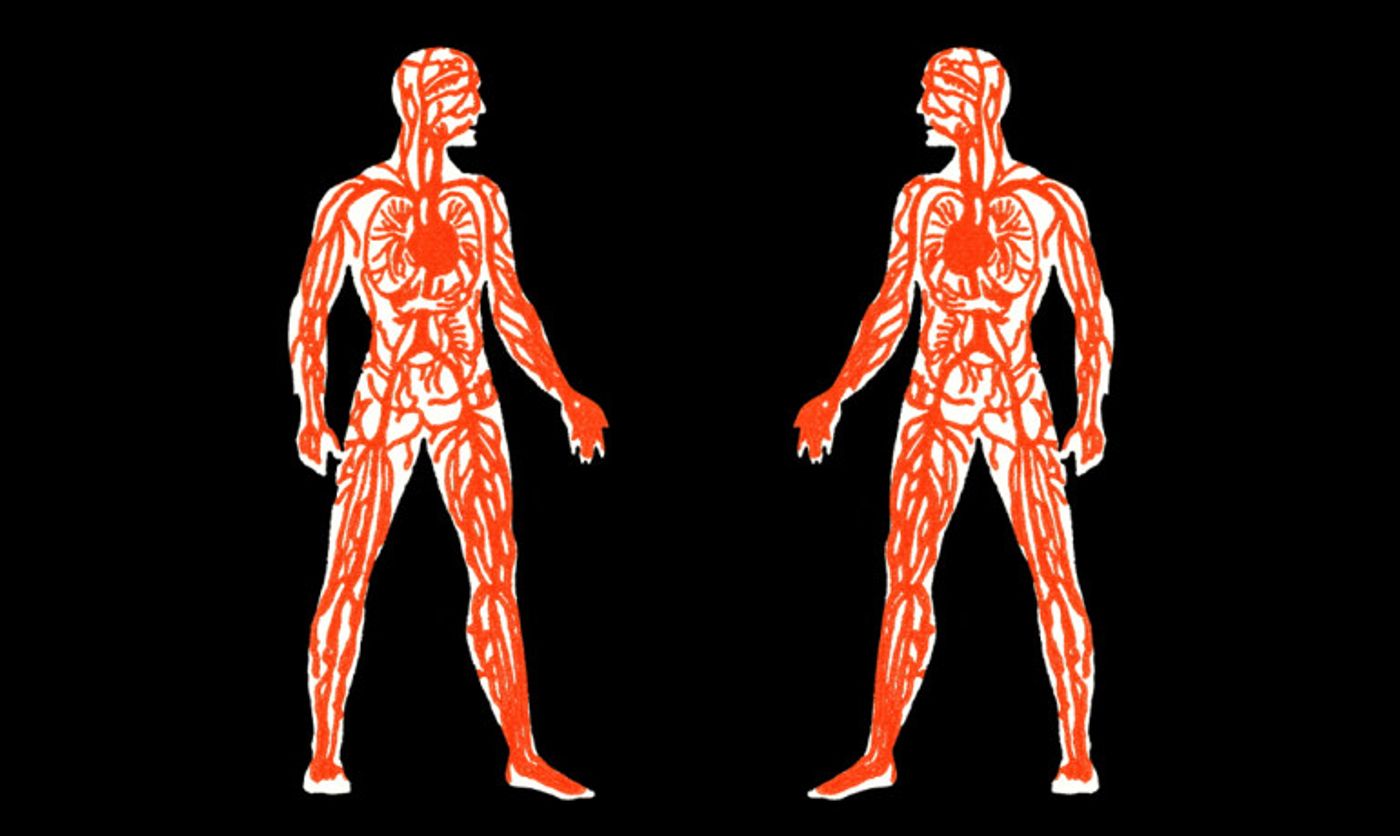There is still no evidence of genetic difference between blacks and whites to account for the health disparities in cardiovascular disease (CVD), according to a new study.

"Despite the enormous social investment in genomic studies, we have not advanced our understanding into disparities in the most common cause of morbidity and mortality between races," says Jay Kaufman.
Image Credit: iStockphoto
Published in the
American Journal of Epidemiology, the review study suggests that after a decade of genetic studies, factors such as lifestyle, education, and socioeconomics—not genetics—are more promising avenues to understanding racial health disparities.
The researchers focused on cardiovascular disease, the largest contributor to the racial mortality gap, and conducted a systematic review for articles published over a seven-year period in which genetic data from African and European populations were available.
The team found no explanation for racial disease disparities amongst any of the hundreds of genetic variants reported.
“After nearly a decade of genome-wide association studies (GWAS), no assessment had yet been made of their contribution toward an explanation of the most prominent racial health disparities observed at the population level,” says Jay Kaufman, of the department of epidemiology, biostatistics & occupational health in the McGill University Faculty of Medicine.
Kaufman and colleagues assessed the reported associations from published genomic studies. “The fact that our results show so little stable evidence of genetic explanations for racial disparities in CVD could be attributed to a general failure of GWAS to explain observed disease phenotypes,” adds Kaufman.
“Despite the enormous social investment in genomic studies, we have not advanced our understanding into disparities in the most common cause of morbidity and mortality between races,” says Kaufman.
“Given this outcome, more research and investment is needed to examine the effects of social and environmental inequalities, such as exposure to unhealthy food and psychosocial stressors.
“It is possible that the answer may lie in some kind of interaction between genetic factors and these environmental and behavioral differences, but based on current technology, the detection of such interactions is even more challenging.”
The Canada Research Chairs Program supported the work.
Source:
McGill University
This article was originally published on
futurity.org.









